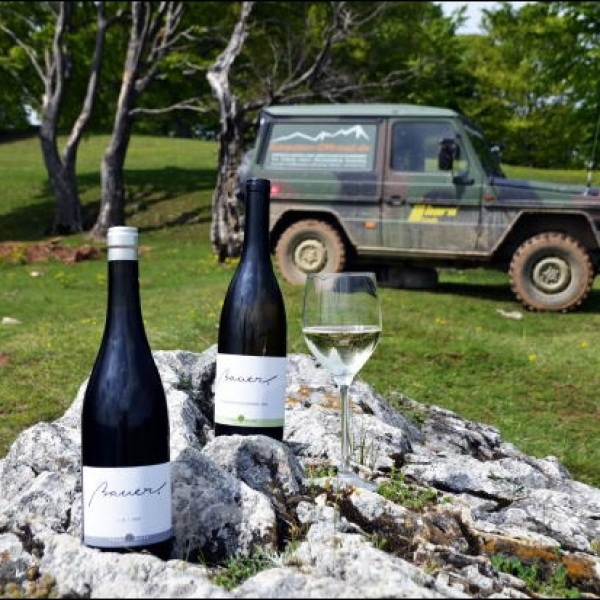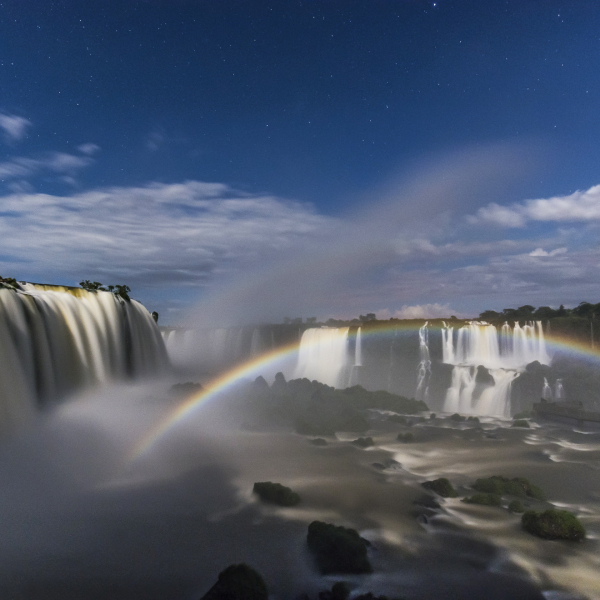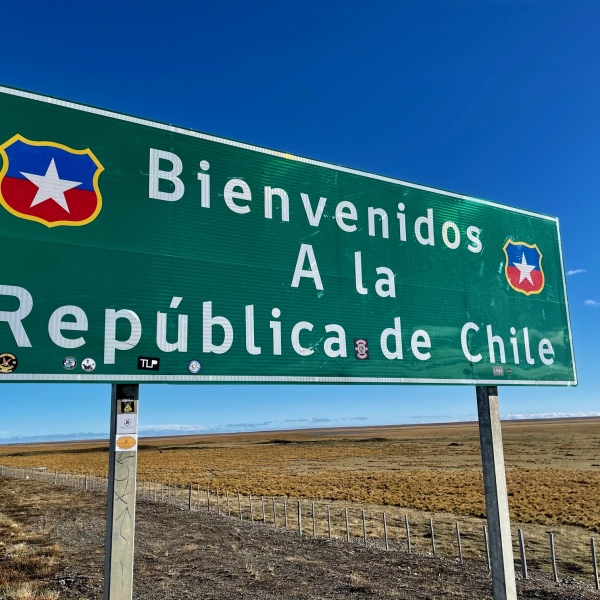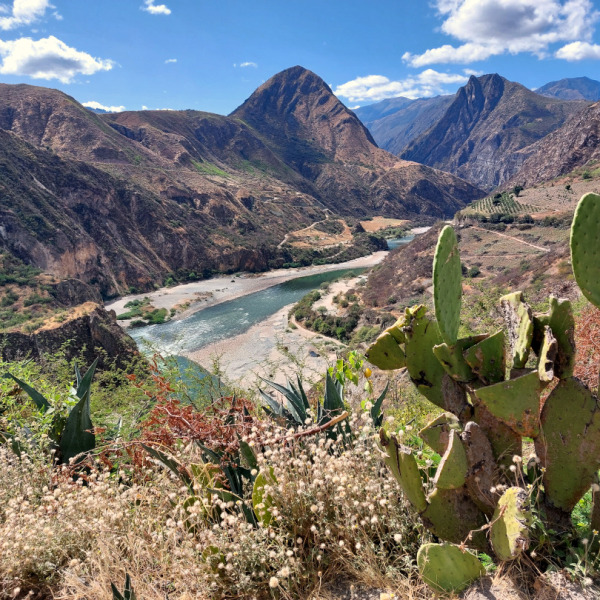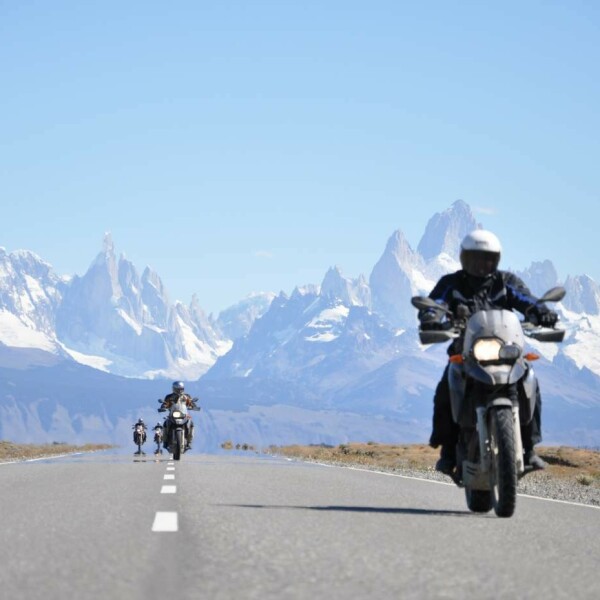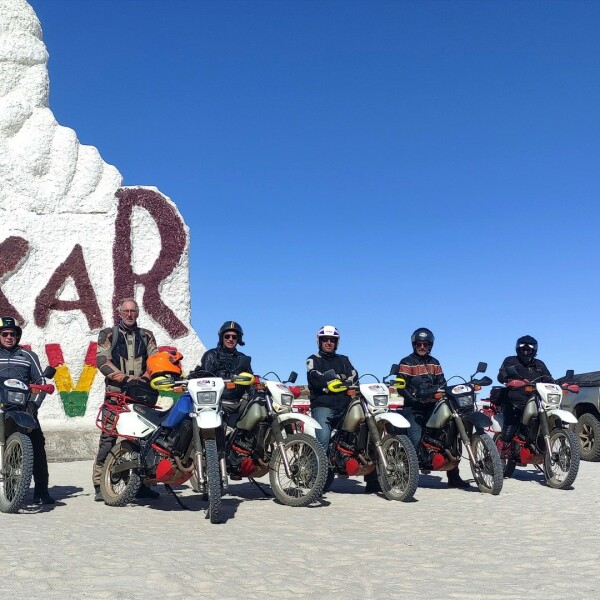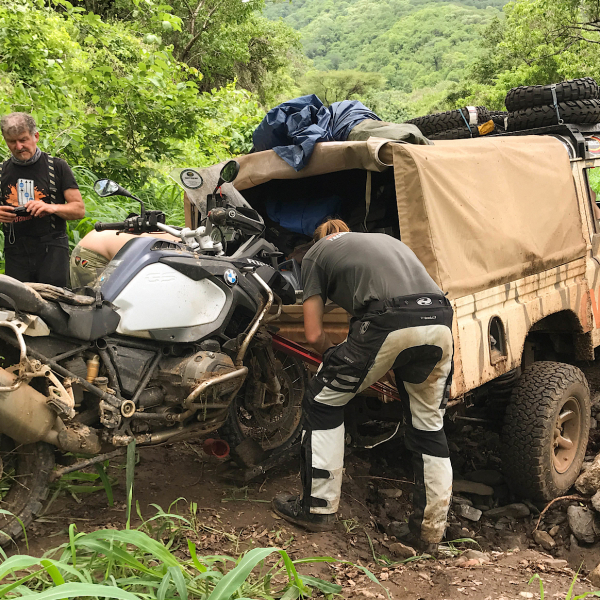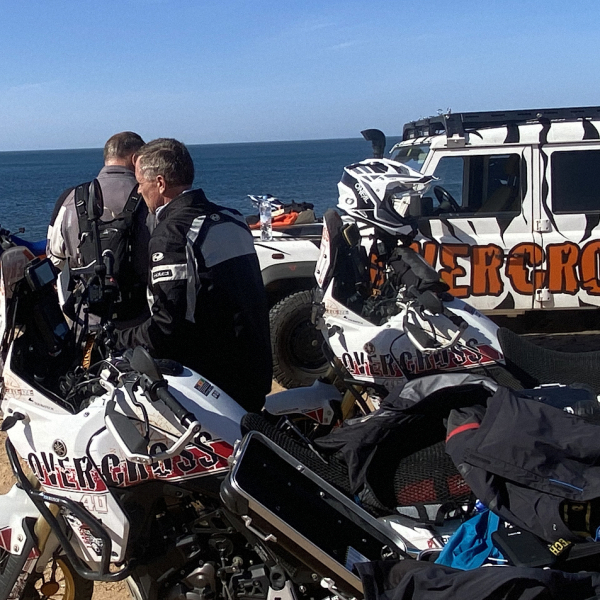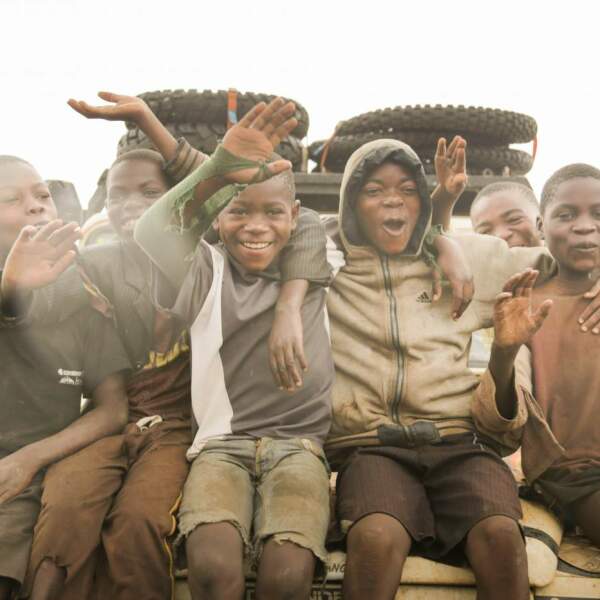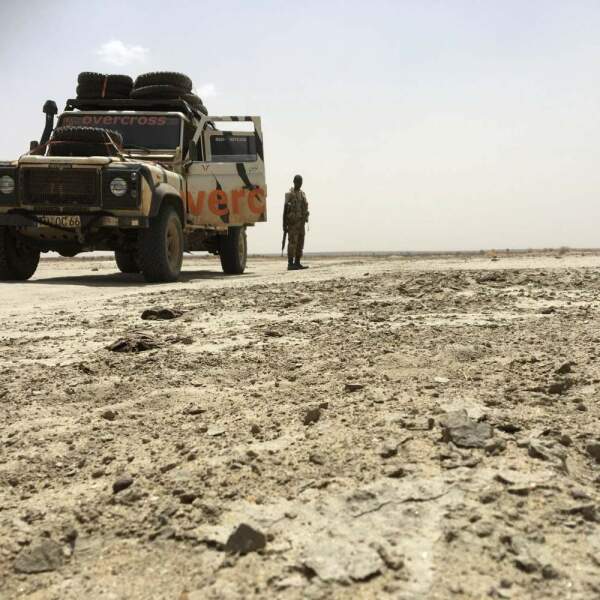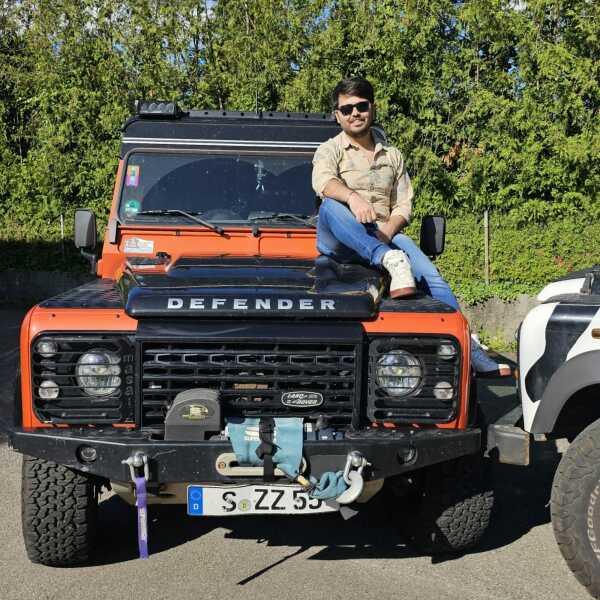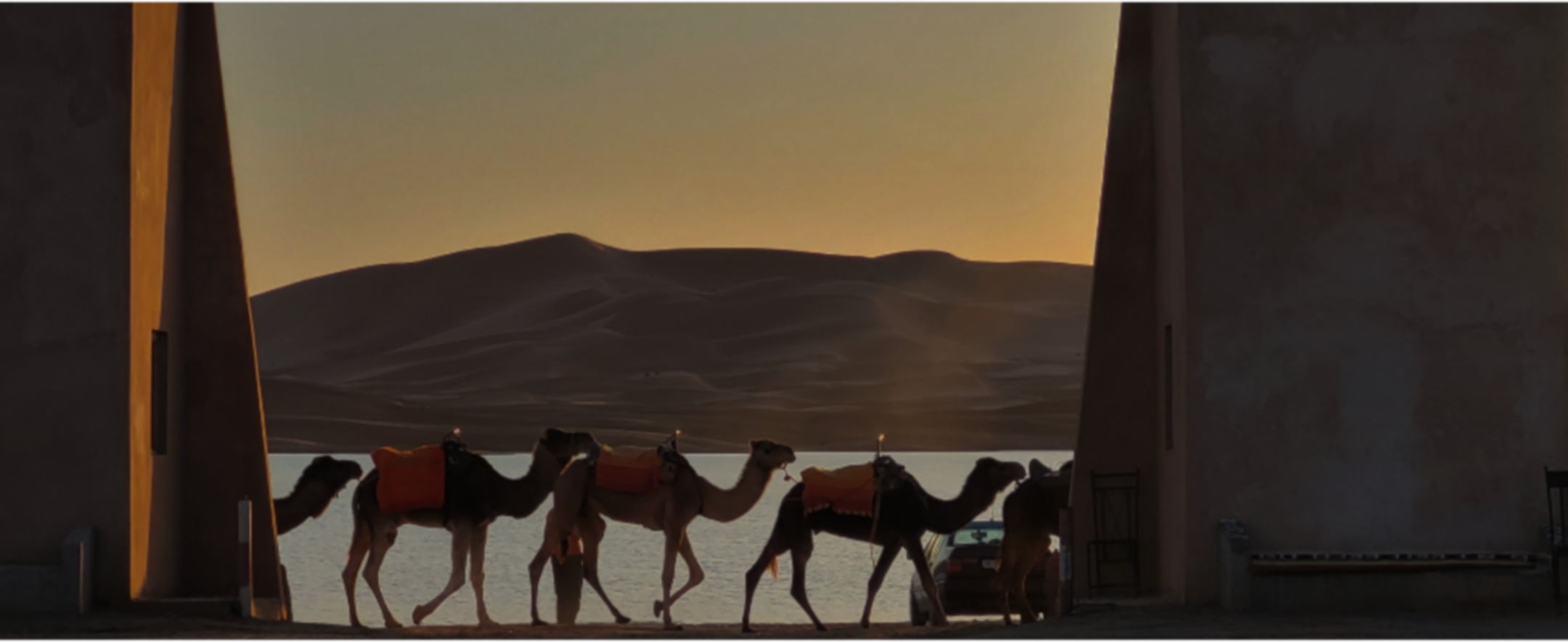Sie haben die Möglichkeit, für Ihre Offroad-4x4-Reise einen Geländewagen direkt bei uns zu mieten. Informationen zu Kosten, Ausstattung sowie alle weiteren Mietbedingungen finden Sie in unseren Mietbedingungen .
Zusätzliche Optionen sind ausschließlich nur mit dem unten stehenden Basispaket buchbar!
NO 1 Upgrade: All in Paket
- Diese Upgrade wird jedem Teilnehmer aus Kostengründen dringendst empfohlen!
- Alle Camping Übernachtungen auf der Expedition
- Jede dritte Nacht Hotel und Lodge Übernachtungen
- Frühstück und Abendessen bei allen Hotelübernachtungen
- Geländewagen Verladung Organisation
- Kostenübernahme, Zollabwicklung, Sniffer, Sicherheitschek, Röntgen hand search.
- Flughafentransfer in Afrika für die geschlossene Gruppe
- KFZ Haftpflicht ECOWAS Brown Card Versicherung
- Rettungs- und Bergeversicherung bis € 50.000.- Deckungssumme
- Kosten ersparnis durch den Externen Service Provider PR-Services ca. €1300.-
Option *No 2: Fly and drive mit dem eigenen Geländewagen durch Afrika
Speditionskosten des "Upgrade No1" werden 1zu1 weiter gegeben, Dadurch bekommst du den Gruppenpreis anteilig von der Spedition ohne Mehrkosten.
- Inklusive Leistungen aus dem Basispaket.
- Wochenende bei OVERCROSS zum Fahrzeug check up und individuelle Ausrüstungs- Besprechung
- Orga des Carnet de Passage exklusive Carnet Kosten / Kaution
- Fahrzeug & Papier Vorbereitung für Zoll und Verschiffung inkl. Vollmacht
- Container Verladung in Europa
- Verschiffung des Fahrzeuges nach Süfafrika (Kosten ca. € 3000.-)
- Untestellung nach dem Containertransport des Fahrzeuges in Südafrika
- Organisation, Übergabe zur Auszollung in Cairo
- Fahrzeugverladung nach Europa (Kosten ca. € 3000.-)
- Verschiffung des Fahrzeuges nach Europa
- Auszollung in Europa
Option *No. 3: Afrika-Expedition für "Selbstfahrer" im Miet-Fahrzeug von OVERCROSS
Afrika Expedition für "Selbstfahrer" im Miet- Expeditionsfahrzeug von OVERCROSS Nur zusammen mit dem Basispaket buchbar!
- *Voll ausgestatteter 4x4 heavy duty Land Rover Defender Expeditions Geländewagen ab ZWEI Teilnehmer inkl. Dachzelt / Bodenzelt, Expeditionsküche & Campingausstattung
- Wochenende bei OVERCROSS zur Fahrzeug Einweisung
- KFZ-Schrauber im Tourguidefahrzeug der bei Bergung, Wartung und anfallende Reparaturen unterstützt
- Kostenlose Fahrzeugabholung bei Abbruch durch Krankheit von jedem Punkt der Transafrika Expedition
- 24 Stunden über OC Notfall Rettungsdienst inkl. Kostenübernahme der Luftrettung bis € 5000.-
- Vollkaskoversicherung und Steuer für den Mietgeländewagen mit € 2000.- Selbstbehalt.
- Fahrzeugtransport von Tübingen nach Südafrika und von Alexandria zurück
- Organisation & Kosten der Grenzformalitäten für Person und Fahrzeug
- Optional kostenfrei früherer Einstieg / Ausstieg bei der Expedition
- Verzollung des Expeditions- Geländewagen inkl. Gebühren
- Flughafentransfer in Ägypten von Alexandria nach Kairo
- Transkontinental Flug von Deutschland nach Südafrika
- Transkontinental Flug von Ägypten nach Deutschland
- Absicherung der medizinischen Versorgungskette
- Inkl. Carnet de Passage Kaution (ca.€ 6000)
- 24 Stunden Ersatzteile und Logistik Support
- Treibstoff Öl und Reparaturkosten inklusive
- Spezielle Infomappe zur Vorbereitung
- Leistungen aus dem Basispacket.
- One Way Miete des Fahrzeugs
Option NO 4. *p.T. Out of Africa Expedition: Privat Safari
Nur zusammen mit dem Basispaket buchbar!
- Individueller Start Termin.
- Voll ausgestatter 4x4 heavy duty Expeditions support Geländewagen inkl. Dachzelt & Campingaustattung, Long Range Tank.
- Fahrzeug Verschiffung nach Afrika und zurück
- Jegliche Lager-, Zoll-, Fähr- Transport- und "Beschleunigungskosten"
- Comesa Versicherung für Afrika zuzüglich Haftpflicht Versicherung
- Wochenende bei OVERCROSS zur Expeditionsvorbereitung und Fahrzeugeinweisung
- Betreuung und Guiding durch den Firmeninhaber Joe Küster
- Absicherung der medizinischen Versorgungskette (auf Wunsch) durch eine deutsche Chefärztin
- Auf Wunsch: Out door medizinische Schulung während der Reise
- Sie erhalten von uns einen neuen Reisepass inklusive aller Visa
- 24 Stunden über OC Notfall Rettungsdienst inkl. Kostenübernahme des Teilnehmers bei Luftrettung von jedem Punkt der Reise
- Organisation & Kosten der Grenzformalitäten
- Fahr- und Fahrsicherheitstechnische Schulung während der Reise
- 24 Stunden Ersatzteile und Logistik Support
- Carnet de Passage inkl. Kaution
- Individuelle Tourgestaltung / Tourstart / Tourende
- Das spezielle Erlebnis MIT Löwen, auf Jagt
- Gehobene Lodge und Hotel Übernachtungen
- Auf Wunsch mit Ranger on Tour
- Bild und Filmmaterial der gemeinsam erlebten Safari
Option *No. 5: pro Teilnehmer-Fahrzeug
- Du bist Member des Orga Teams und aktiv mit in den Ablauf involviert
- Technische KFZ Schulung und on wie off Road Training
- Du kannst nach Rücksprache / freigabe durch den Guide teile der Strecke on wie off Road fahren
- *Speditions- und Zollkosten, Berechnungsgrundlage von einem Teilnehmer Fahrzeug.
- *PT= Teilnehmer Preis Pro Teilnehmer.
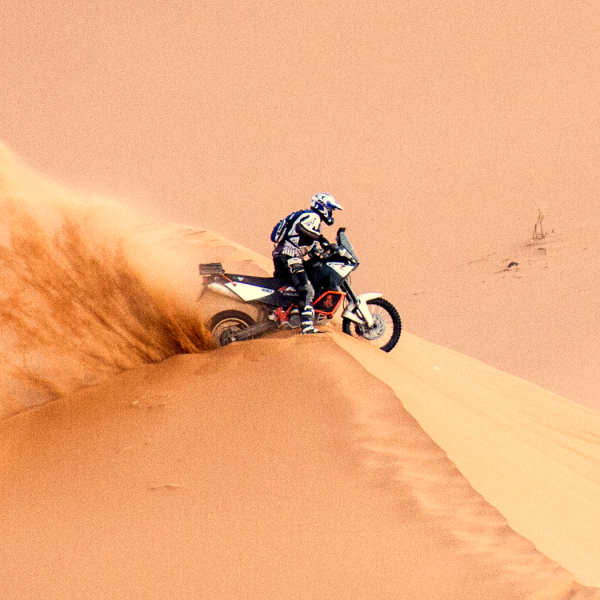
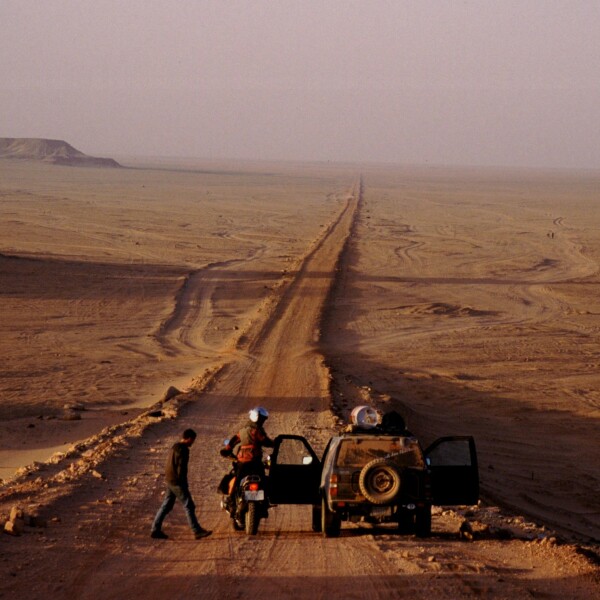
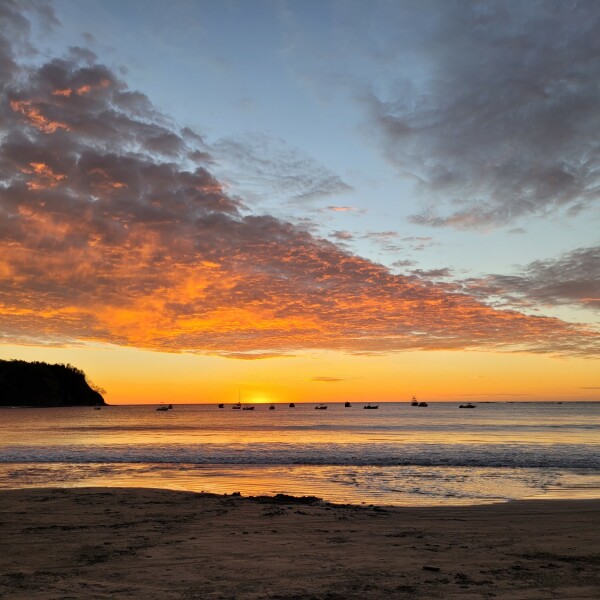
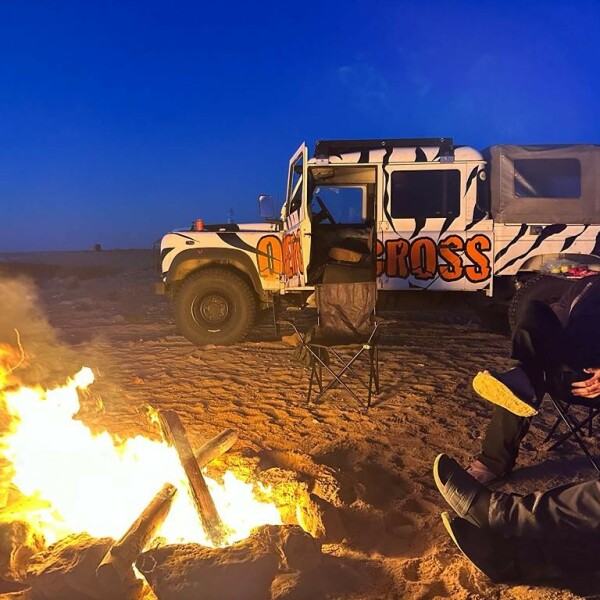
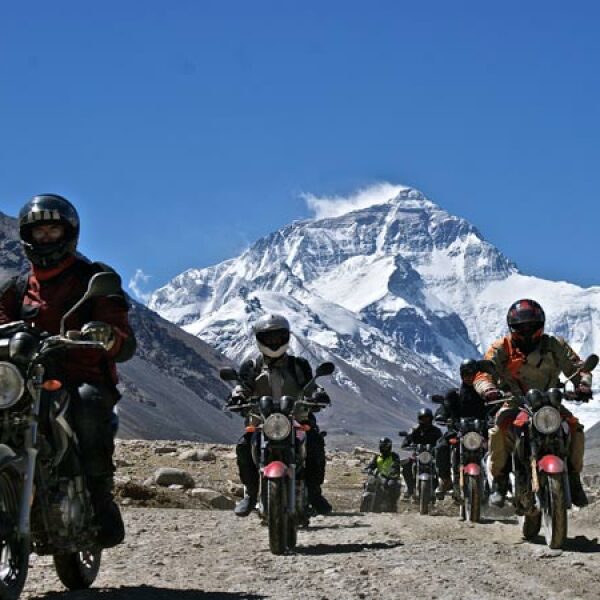

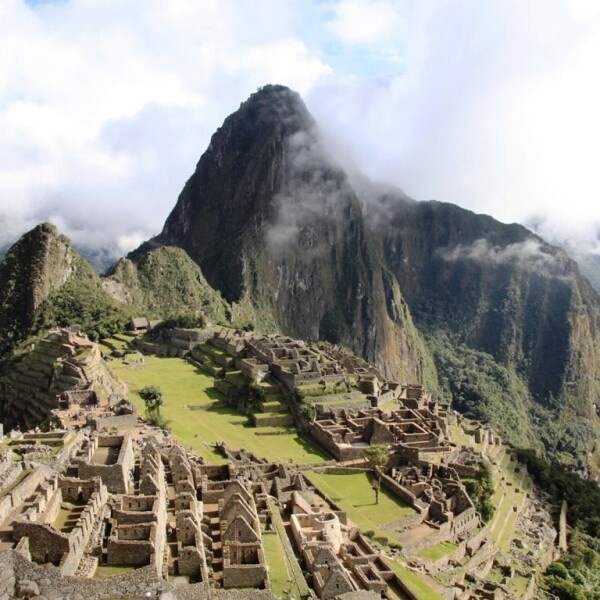
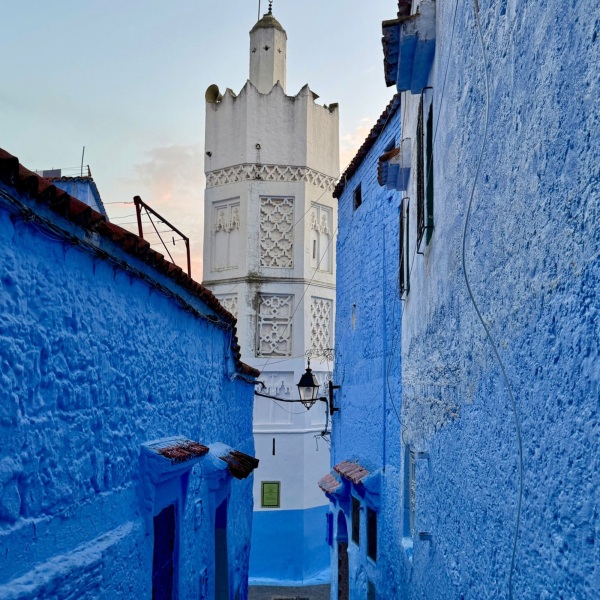
_600_600.jpg)

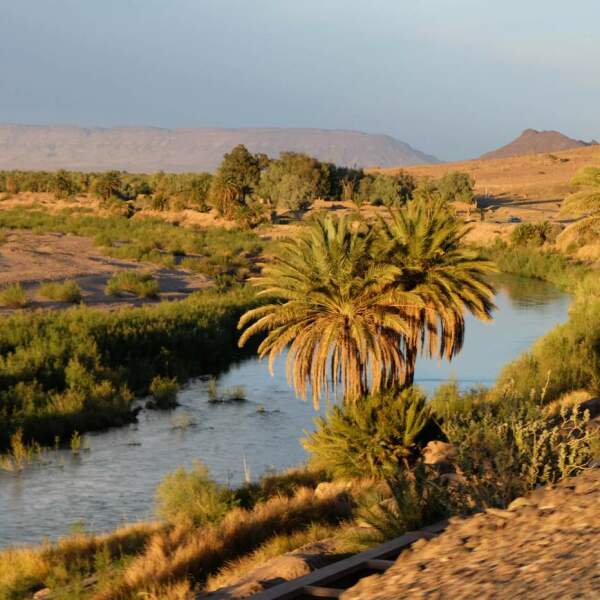
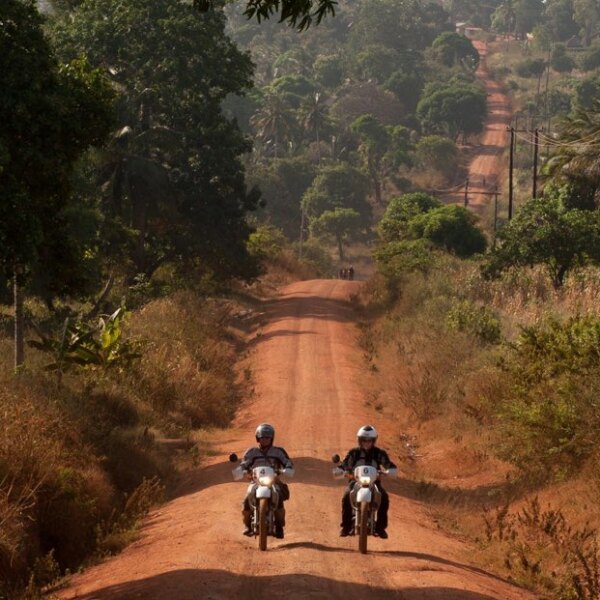
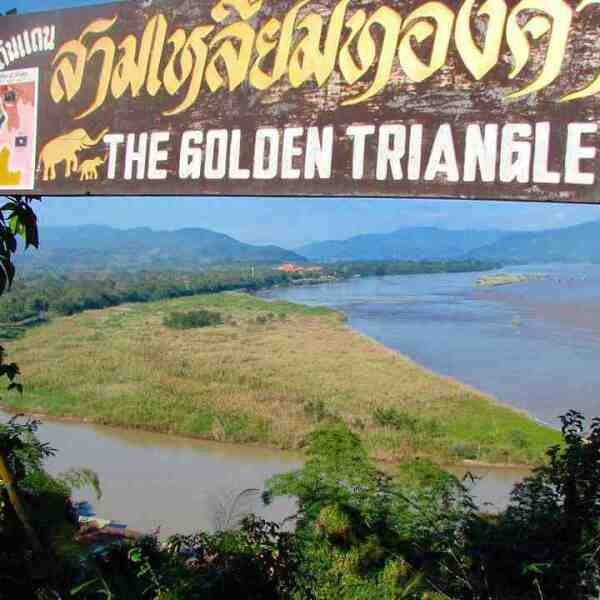
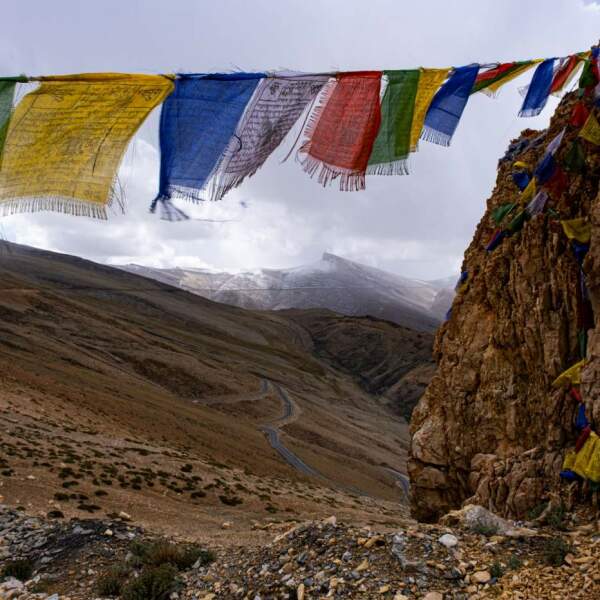
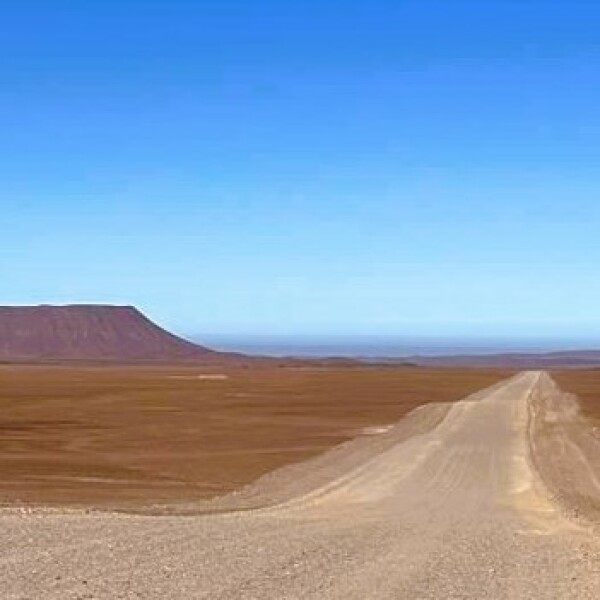
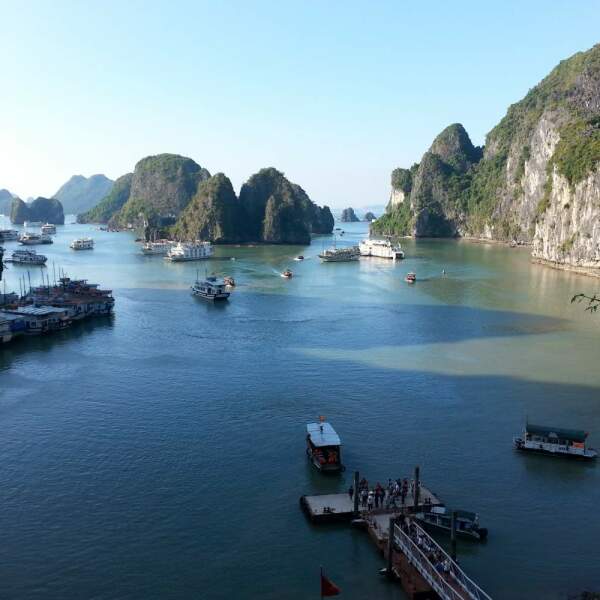
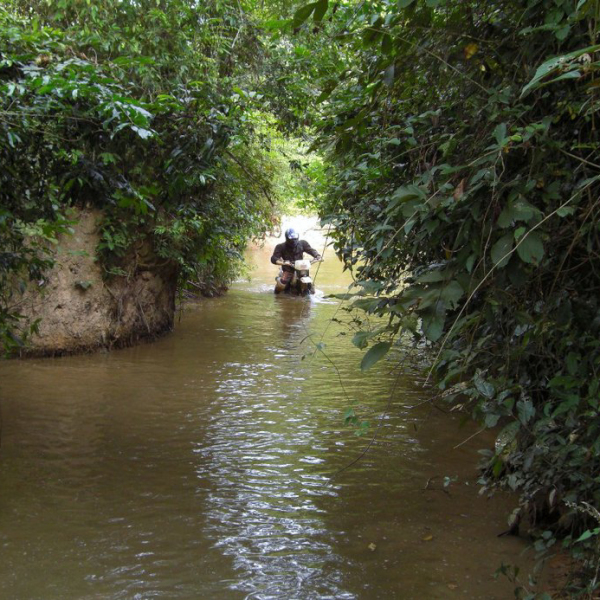
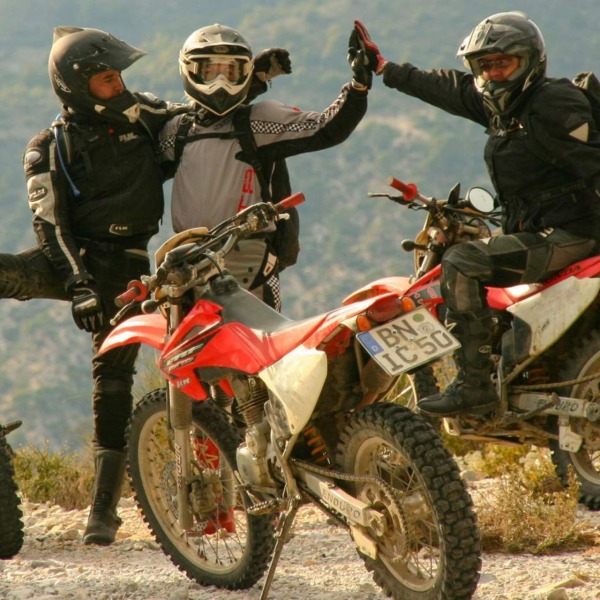
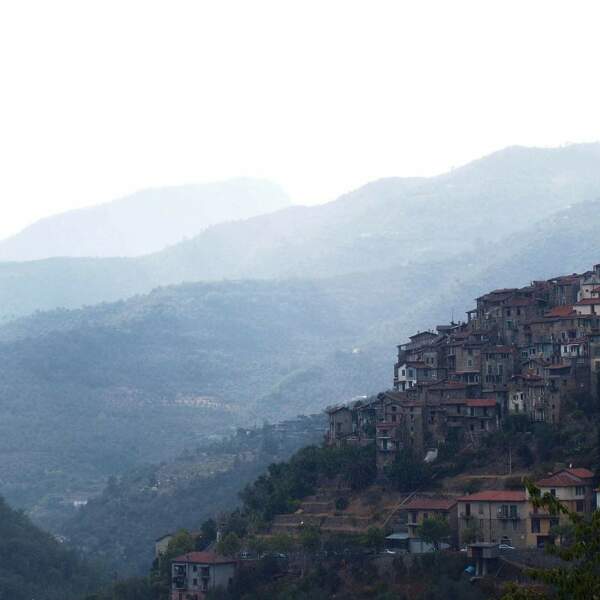
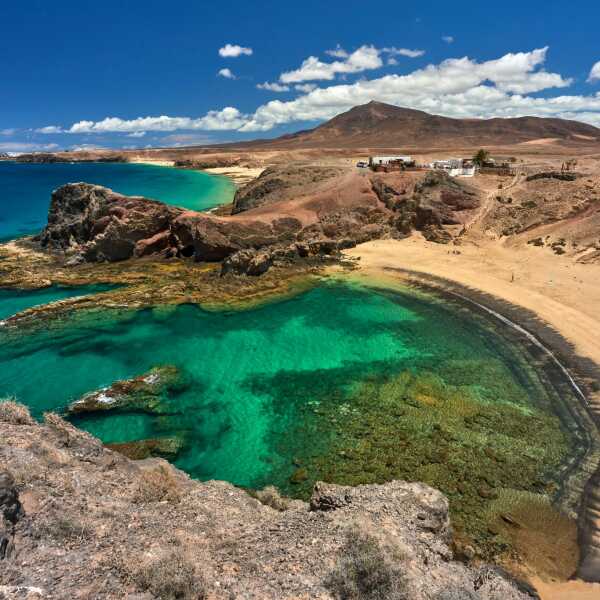
_600_600.jpg)
